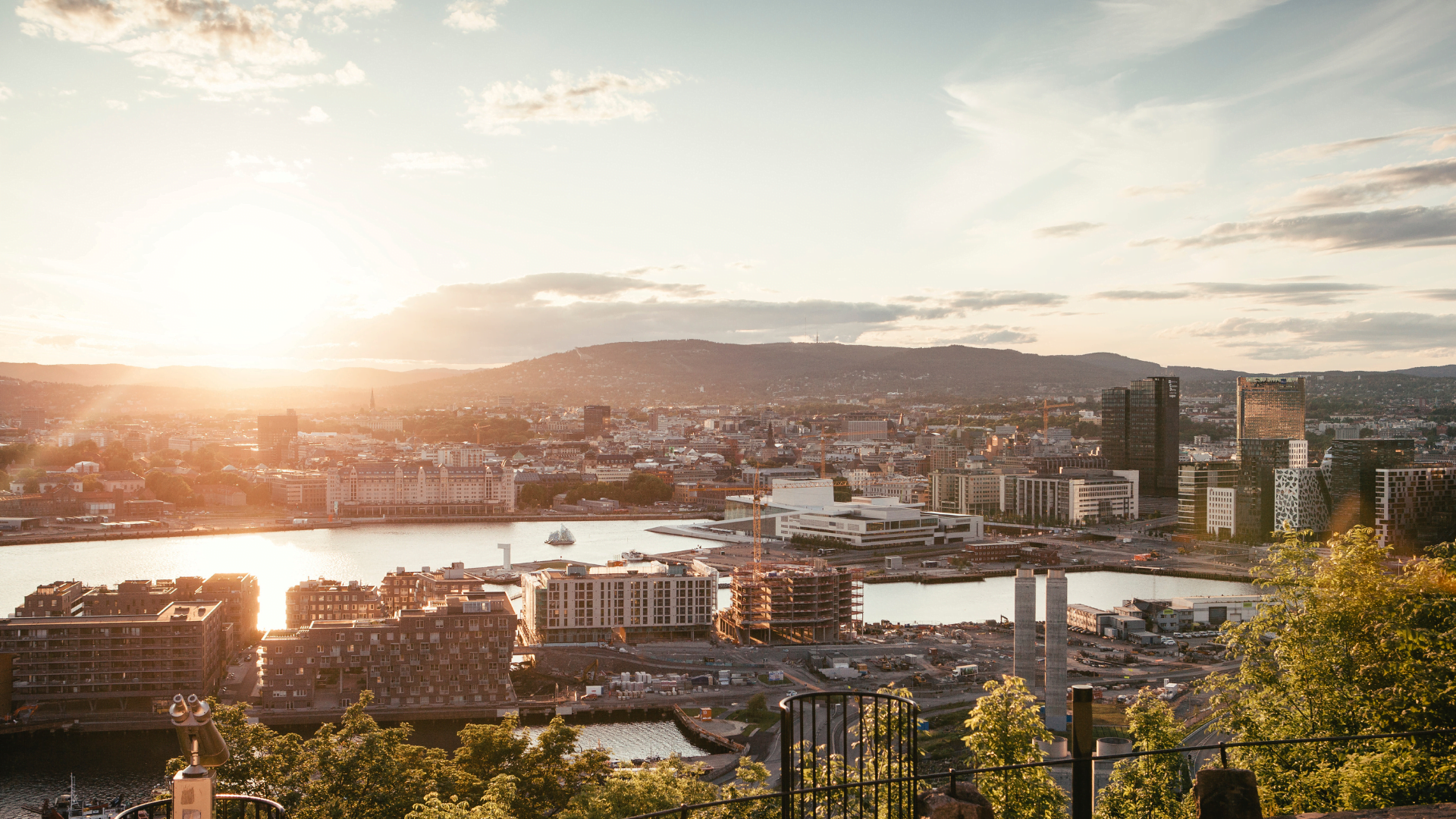Oslo, the capital city of Norway, is on a transformative journey towards sustainability, with a bold vision to achieve zero emissions across all cars by the year 2030. This ambitious goal is part of a broader initiative to attain carbon neutrality, reflecting the city’s commitment to combating climate change and fostering a greener future.
A Decade of Dedication: Oslo's Commitment to Carbon Neutrality
The journey towards a sustainable Oslo began back in 2008 when Norway set its sights on achieving carbon neutrality. Initially, the target year was set for 2050, but the failure of international negotiations to secure a global climate change agreement necessitated a reassessment. In 2016, Norway’s parliament made a decisive move, bringing the target forward by two decades, with a new goal of net-zero greenhouse gas emissions by 2030. Oslo, as the nation’s capital, has been at the forefront of this initiative, implementing a range of ambitious and comprehensive measures to reduce its greenhouse gas emissions.
Key Milestones in Oslo's Carbon Neutral Journey
- The World’s First Zero-Emission Construction Site: In a historic move in September 2019, Oslo launched the world’s inaugural zero-emission construction site. By exclusively utilizing electric machinery, this initiative prevented the release of nearly 100,000 kilograms of CO2 into the atmosphere.
- Innovative Climate Budgeting: Through a unique annual process termed ‘climate budgeting’, every city department meticulously outlines policies and actions aimed at emission reduction.
- Transition to Zero-Emission Transportation: Oslo has set clear timelines for its transportation sector. By 2030, all private vehicles plying the city’s roads will be emission-free. Furthermore, the public transport system is set to achieve this milestone by 2028.
- Commitment to Emission-Free Building and Construction: Oslo has pledged that all building and construction activities will not only be devoid of fossil fuels but will also be completely emission-free by 2030.
- Revolutionizing Waste and Sewage Management: The city is championing a circular waste and sewage management system. This system, centered around reuse, material recovery, and energy recovery, aims to operate without producing any greenhouse gas emissions.
Oslo's Impressive Emission Reduction Track Record
Recent years have witnessed a commendable decline in Oslo’s direct greenhouse gas emissions. Since 2013, there has been a consistent decrease in these emissions. Notably, emissions from road traffic have plummeted by over 15% since 2009.
Despite road traffic remaining the largest contributor to emissions in Oslo, the city has made significant strides. In 2018, heavy and light vehicles combined were responsible for 47% of the city’s greenhouse gas emissions. However, with the current measures in place, Oslo is projected to achieve a staggering 62% reduction by 2030.
Learn More About Oslo's Green Initiatives
For those keen on diving deeper into Oslo’s environmental strategies and achievements, the following official resources provide comprehensive insights:
Oslo’s vision of a zero-emission future is not just a lofty goal but a tangible reality in the making. Through a combination of innovative initiatives, collaborative efforts, and a steadfast commitment to sustainability, Oslo is paving the way for a greener, cleaner future. The city’s journey serves as a testament to what can be achieved when vision, action, and perseverance come together, inspiring others to take bold steps towards a sustainable future.
FAQ
What is Oslo's main goal for sustainability?
Oslo aims to achieve zero emissions across all cars by 2030 and reach carbon neutrality, meaning the city will reduce its net greenhouse gas emissions to zero.
When did Oslo begin its journey towards carbon neutrality?
The journey began in 2008 when Norway set a national target for carbon neutrality. Oslo has been actively working towards this goal, with significant initiatives and policies implemented, especially since 2016.
What are some key initiatives Oslo has undertaken to reduce emissions?
Oslo has launched several initiatives, including the world’s first zero-emission construction site, annual climate budgeting for all city departments, transitioning to zero-emission public transport, promoting fossil-free building and construction, and developing a circular waste and sewage management system.
How much has Oslo reduced its greenhouse gas emissions in recent years?
Since 2013, there has been a noticeable reduction in direct greenhouse gas emissions in Oslo. Emissions from road traffic, which is the largest source of emissions in the city, have decreased by over 15 percent compared to 2009.
What is the target for emission reduction from road traffic by 2030?
It is estimated that Oslo will achieve a 62 percent reduction in emissions from road traffic by 2030, based on the measures that have been identified and adopted so far.
Where can I find more information about Oslo's sustainability initiatives?
You can visit the City of Oslo’s official website and the Oslo Climate Strategy page for comprehensive resources, updates, and detailed information about the city’s initiatives and progress towards sustainability and carbon neutrality.

